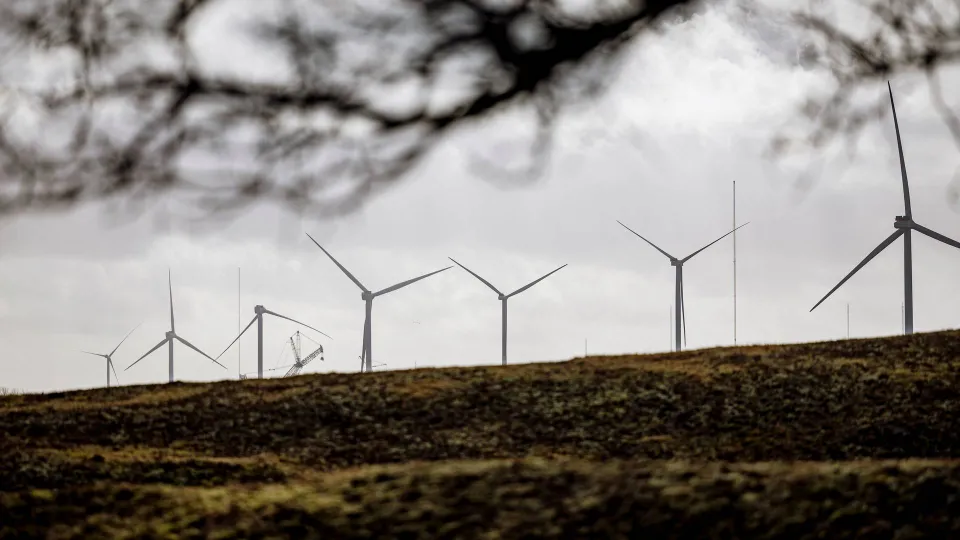Danish pension funds are pushing forward with their investments in renewable energy despite facing a more difficult market and new political pressures. The industry aims to channel DKK 450 billion (EUR 60 billion) into the green transition by 2030, a target that now appears achievable.
Last year, the Danish pension sector increased its funding in green energy projects, demonstrating resilience even as the investment landscape became more challenging. This growth comes amid rising demands from policymakers regarding how pension assets are allocated, particularly with an emphasis on sustainability and climate goals.
Pension funds have begun to tackle these political pressures by aligning their financial strategies with national climate objectives, which have been gaining traction in recent years. This alignment not only addresses regulatory expectations but also responds to a growing interest from members who want their pensions to contribute to a sustainable future.
The positive trend in renewable energy investment can be attributed to several factors. First, the Danish government has established a favorable regulatory framework that encourages investments in green technologies. This includes tax incentives and subsidies for renewable projects, which enhance their financial viability.
Second, the global shift towards sustainability has made green investments more appealing. As countries strive to meet carbon neutrality targets, renewable energy technologies are increasingly viewed as essential. Consequently, pension funds are investing in various sectors, including wind, solar, and hydrogen, all of which are critical to achieving Denmark’s climate goals.
The ongoing investment surge reflects a broader commitment within the Danish pension industry to embrace sustainability. Many funds are now integrating ESG (Environmental, Social, and Governance) criteria into their investment processes, which helps in assessing the long-term viability of their portfolios while simultaneously supporting the green transition.
Despite the obstacles posed by a volatile market and regulatory changes, the Danish pension sector’s proactive approach signals a robust commitment to fostering a sustainable energy future. As the 2030 target approaches, the industry is likely to continue expanding its investments in renewable energy, positioning itself as a leader in the transition to a greener economy.




